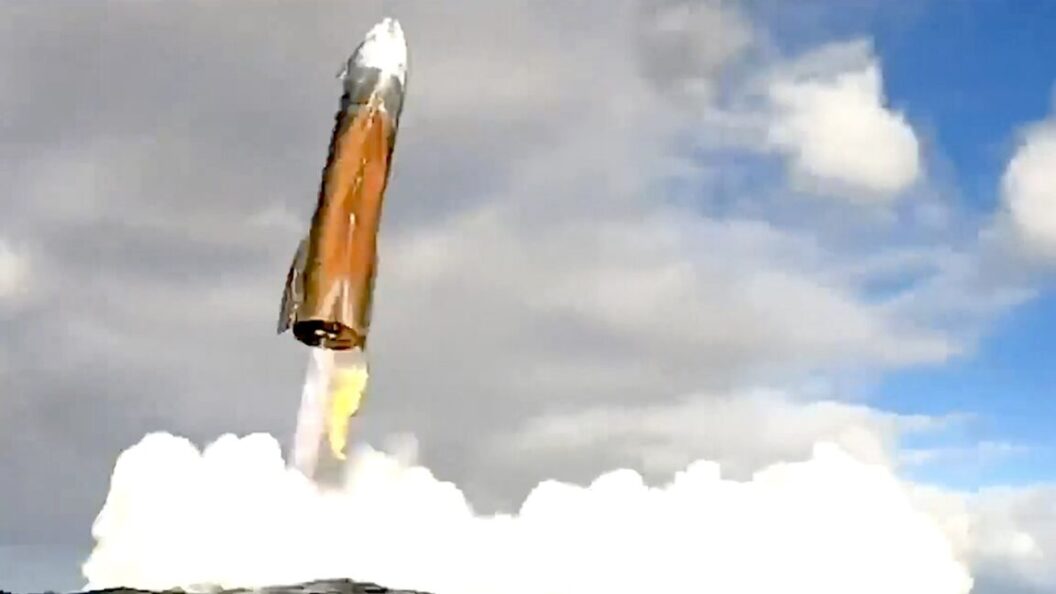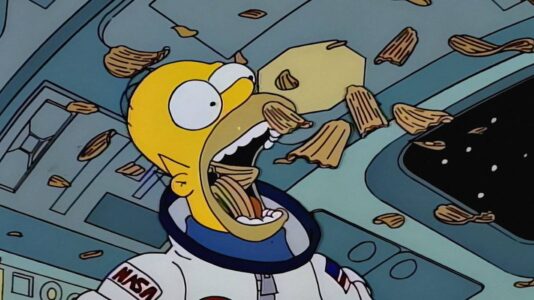SpaceX’s Starship: Breakthroughs and Challenges in Latest Test Flight
SpaceX’s Starship completed a significant test flight on Tuesday, making strides in its development while confronting challenges that highlight the complexities of rocket testing. The mission, which involved a delicate reentry and splashdown, underscored the ongoing efforts to refine and enhance the Starship program.
Successful Reentry and Splashdown
The most notable achievement of the mission was the successful reentry of the Starship. The vehicle navigated through scattered clouds and executed a critical maneuver by turning horizontal to slow down before relighting three of its engines. This allowed the rocket to revert to a vertical position for the final braking phase before touching down, demonstrating the increasingly sophisticated technology employed in the mission.
Areas for Improvement Identified
Despite the successful completion of the flight, there were several areas identified for improvement. Notably, one of the Super Heavy booster’s 33 engines shut down prematurely during ascent. Although this incident did not significantly affect the overall performance of the booster, SpaceX engineers are set to investigate the issue further to enhance the reliability of their Raptor engines, which each produce over half a million pounds of thrust.
Cameras monitoring the ship’s rear flaps captured structural damage inflicted during reentry. Super-heated plasma burned through a section of the flap, which, while largely intact, posed questions about the resilience of the vehicle during atmospheric reentry.
"We’re kind of being mean to this Starship a little bit," said SpaceX flight director, Huot, during a live webcast. "We’re really trying to put it through the paces and kind of poke on what some of its weak points are."
Debris and Structural Concerns
During the reentry, small debris fragments were seen detaching from the Starship. Although the source was not immediately clear, it may have involved components of the vehicle’s heat shield tiles. SpaceX utilized various tile designs on this flight, including those made from ceramic and metallic materials, and a specific tile featuring "active cooling" intended to mitigate heat during reentry.
Additionally, a bright flash observed inside the ship’s engine bay raised concerns regarding the condition of the aft skirt—the stainless steel structure encircling the rocket’s six main engines. Huot acknowledged visible damage on the aft skirt, remarking, "That’s not what we want to see." This highlights the inherent risks of pushing the vehicle to its limits.
Valuable Data for Future Development
Even with the uncertainties and challenges, the data gathered from this test flight is invaluable for the continued development of the Starship. Huot reiterated that "we are trying to kind of push this vehicle to the limits to learn what its limits are as we design our next version of Starship." The flight serves as a crucial stepping stone toward improving design and performance with each iteration.
Shana Diez, a SpaceX engineer, captured the essence of Tuesday’s outcomes on X: "It’s not been an easy year but we finally got the reentry data that’s so critical to Starship. It feels good to be back!"
Conclusion: Implications for Space Exploration
This latest test flight illustrates both the potential and the challenges inherent in developing cutting-edge space technology. While the Starship achieved notable successes, the journey toward a fully operational spacecraft remains complex and fraught with numerous obstacles.
As SpaceX continues to refine its designs based on the lessons learned, the ambition of making space travel accessible and sustainable inches closer to reality. Each test adds to a growing repository of knowledge, paving the way for future explorations and, ultimately, the dream of interplanetary travel. The ongoing commitment to rigorous testing is a testament to SpaceX’s approach as they seek to make their mark in the annals of space travel history.









